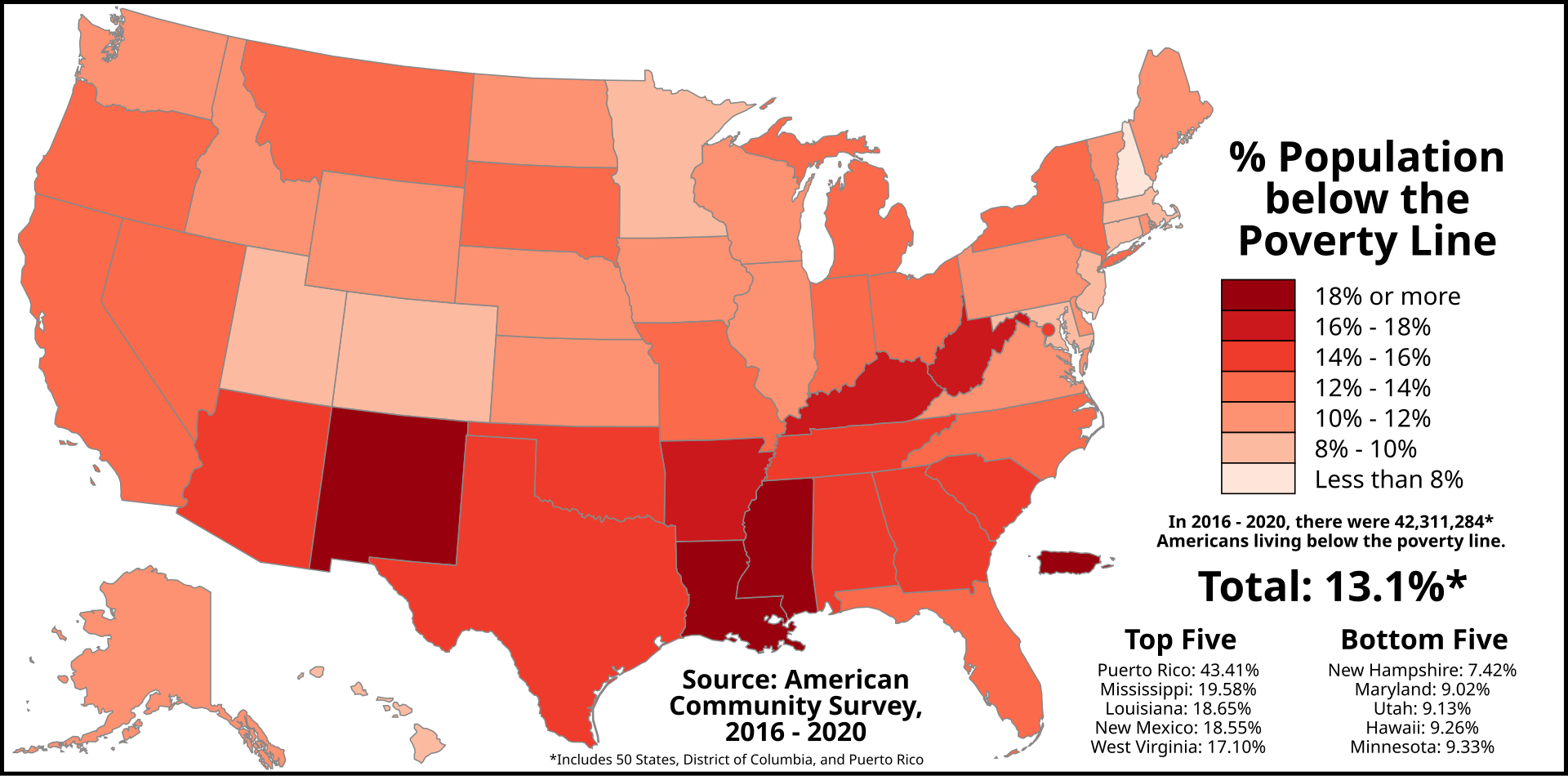
Email: library@peddie.org
Call: 609-944-7233 [main desk]
Visit: Monday: 7:30AM - 10:00PM
Tuesday: 7:30AM - 10:00PM
Wednesday: 7:30AM - 10:00PM
Thursday: 7:30AM-10:00PM
Friday: 7:30AM - 10:00PM
Saturday: 8:00AM - 1:00PM
Sunday: 6:00PM - 10:00PM
"Inequality has become embedded in most, if not all, of the institutions and systems that govern our society. The pain and the burden of these inequalities, however, are felt most by those with the least power, resources, and mobility in our society."
- C. Nicole Mason, Born Bright: A Young Girl's Journey from Nothing to Something in America
Poverty is a major socioeconomic issue in the United States and around the world. While different economic and human development agencies define poverty in different ways, the term is usually used to refer to disadvantaged economic conditions, including low levels of income and material wealth, that negatively affect individuals and families. The US Census Bureau uses forty-eight different poverty thresholds to define and quantify poverty. These thresholds, calculated annually, are dollar amounts meant to represent the minimum income that different types of households need to meet their basic needs. The Census Bureau underscores, however, that a threshold is a "statistical yardstick" rather than an exact monetary amount that a household needs to live. The poverty threshold for a single-person household in the continental United States in 2021 was an annual income of less than $12,880, with cutoffs for multi-person households determined by adding $4,540 per additional person to that baseline rate.
